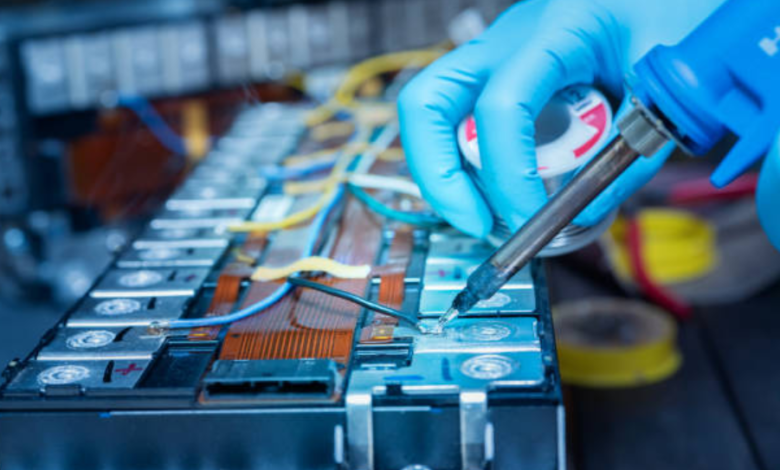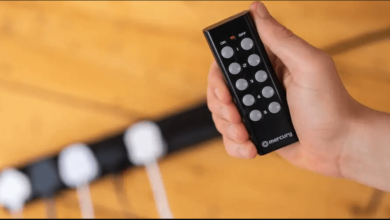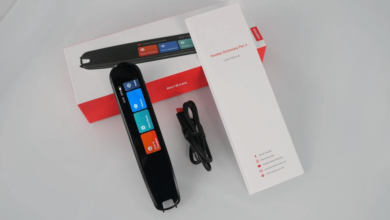How Solar Surge Protection Devices Prevent Downtime and Equipment Damage

The role of surge protection cannot be emphasized more in the wake of the spread of solar energy infrastructures. Solar cells and other electronics of associated components are expensive purchases and at all times exposed even to environmental hazards such as lightning cakes and electric discharges. This renders powerful lightning/surge protection, an absolute must. The other most important elements of a protective system are Solar Surge Protection Devices (SPDs) some of which are SPD DC models specially designed to work on direct current systems. These devices also provide security, efficiency and reliability of solar energy systems in residential, commercial and industrial fields.
The Growing Need for Surge Protection in Solar Power Systems
As the use of solar power grows, the systems are most of the time located in regions that are susceptible to atmospheric releases like lightning. Photovoltaic (PV) arrays are generally mounted at lofty, open locations such as rooftops or fields therefore, making them natural lightning strikes or induced overvoltage targets. Although a strike may not have a direct hit, proximity discharges may have nearby discharges which induce massive voltage surges which travel via wiring and kill sensitive equipment such as inverters, monitoring systems and charge controllers.
The loss of production as a result of loss of time during repairs caused as a result of surge- created damage is expensive. This is especially important in case of the industrial establishment or a solar plant connected to the grid wherein constant functioning is crucial. Consequently, lightning and surge protection products, particularly design tools specific to DC circuits, have proven to be solar system requirements that are obligatory. DC SPD units, which are specifically designed to operate in the direct current environment of PV systems, are important applications to guard against such unpredictable and damaging events.
The Role of SPD DC Used in Solar plantations
A device that monitors and passes transient voltages in a direct current system is an SPD DC. In the event of a surge being inputted into the system the SPD keeps the voltage safe and transfers the excess energy towards the ground or to a neutral point so that the excess energy never reaches and damages the connected devices. This is particularly vital in solar systems, where charges keep moving via the solar panels, the inverter to the network or storage.
Such devices have to respond in nanoseconds to accommodate the high speed bursts caused by lightning or switching operations. The technology more often consists of elements such as gas discharge tubes (GDTs), metal oxide varistors (MOVs) and thermal disconnectors. In PV, SPD DC is installed in more than one location, on or near the solar array, at the inverter and even at the combiner box, where justified, based on system and protection requirements.
These devices have proven to be well designed surge protecting devices with high availability even unto continuous DC loading alongside rapid response and durability. The properly selected SPD will guarantee that electrical transients do not have an impact on the work performance and cause no expensive replacements. Therefore, to achieve durability and effectiveness, every solar project set in place should include the incorporation of quality-based SPD DC devices in its lightning and surge protection strategies.
How SPDs Avoid Damages to Equipment and Life Extensions
The solar energy system is prone to surges of electrical energy in each and every component of the system, including the PV modules, the inverter and the storage batteries. Stutters may kill fragile electronic circuitry by overwhelming it in an instant when a surge occurs. Inverters are especially susceptible being complex microelectronics and the hub of power conversion. A faulty inverter may lead to closing down of the whole system and costly repair or replacements.
The SPDs can act as a shield between protected inside electronics and external surge events. They are useful in absorbing or redirecting the sudden energy surge thus keeping the system voltage within acceptable limits. This not only precludes immediate failure but degradation of components during operation due to the exposure of smaller transients over long periods. As a matter of fact, the damages caused by the surge tend to be additive- resulting in latent failures which may not be the case several months after the surging incident.
An effective surge protection plan made up of SPD DC devices guarantees an improved uptime, reduced wear and tear and number of maintenance repairs. These features present companies and solar system owners with lower expenditures, better performance and a reassuring state of mind. To the extent that high power capacity units are installed in rooftop systems or a multi-megawatt solar farm, they are essential to the overall reliability and sustainability of operations.
See also: How the USA Is Adopting Sustainable Transport with Smart Tech
Maximum Surge Protection Deployment Strategies
The best lightning and electrical surge protection entails optimal locating SPDs in the solar power system. The most widespread and required sites are the interface between PV modules and inverter, at the terminals of inverters, with any storage units of energy. MORE THAN one SPD may be installed in the same system, depending on the voltage used and the system configuration, to provide a layered stance of protection.
Earthing and bonding is also important to make sure that the surge energy is harmlessly dispersed. Even the most effective SPDs, without a correct grounding system, do not work ideally. One more addition is working with the SPDs bearing the certifications IEC 61643-31 or UL 1449, which will maintain the safety and performance of the device according to international standards.
Some of the most significant specifications upon the choice of a SPD DC are the maximum continuous operating voltage (Uc), the nominal discharge current (In), and the maximum discharge current (Imax). These dictate the amount of energy of surge that the device will be able to receive and how many times the device will be able to protect itself without failing. To a solar professional, the placement of SPDs, which is based on site-specific activity levels of lightning, and the conditions of local power grids is a critical process in the project planning.
A Type 1 or a hybrid SPD with AC surge protection at the SPD can be used with a SPD DC in high risk locations to give system wide protection. As an illustration, a surge protection device dc based solution at the level of PV panel and incorporation of lightning and surge safeguarding measures at the inverter and grid connection point is an effective deployment strategy.
Future Perspectives: Intelligent SPDs and In-built Surveillance
The development of surge protection devices is on its way to smarter and connected devices. Intelligent devices will be the future of SPD DC, with the ability to check themselves, offer real-time diagnostics and even talk to the system monitoring platforms through the IoT protocols. These intelligent SPDs provide intelligent maintenance as users get to know when a particular protection level is dipped as well as when they need to be replaced.
Features like materials and structural designs are also being innovated to accommodate stronger surges on smaller footprints by manufacturers. Pluggable and modular SPD units are becoming in vogue, particularly in systems where rapid maintenance or upgrade will be needed. The other trend is incorporation of SPD modules in the inverter and combiner boxes reducing the complexity of installation and the cost and increasing protection of the system.
The need to take active protection grows as renewable energy systems are being used more and more and become even more interconnected. The increase of lightning arises because of climate change also, and lightning and surge protection is becoming an important consideration to both rural and urban installations. Combining high quality SPD DC devices is not only recommended, but a necessity in the long term stability, performance and investor confidence of the systems.
To conclude, solar surge protection devices are a first line of offence against expensive equipment damage and loss of operation. An adequately installed system of SPD DC promises that any surges which may be brought about by weather or electrical anomalies are promptly dealt with thus enabling solar systems to work at an optimal rate with considerably low chances of compromising. Together with its wider lightning and surge protection supplement, the devices remain in the front seat of maintaining integrity of renewable energy sources and their performance.





